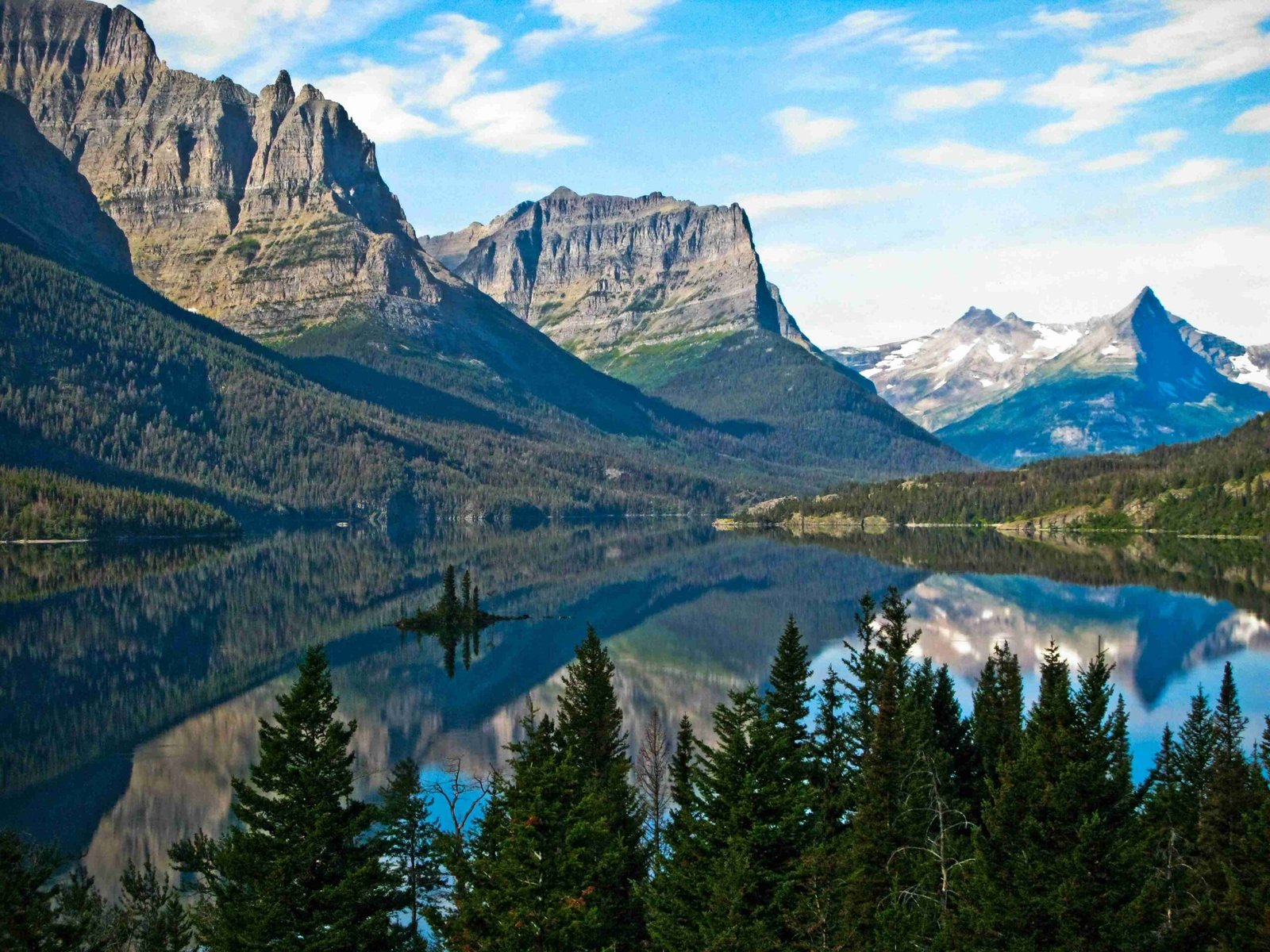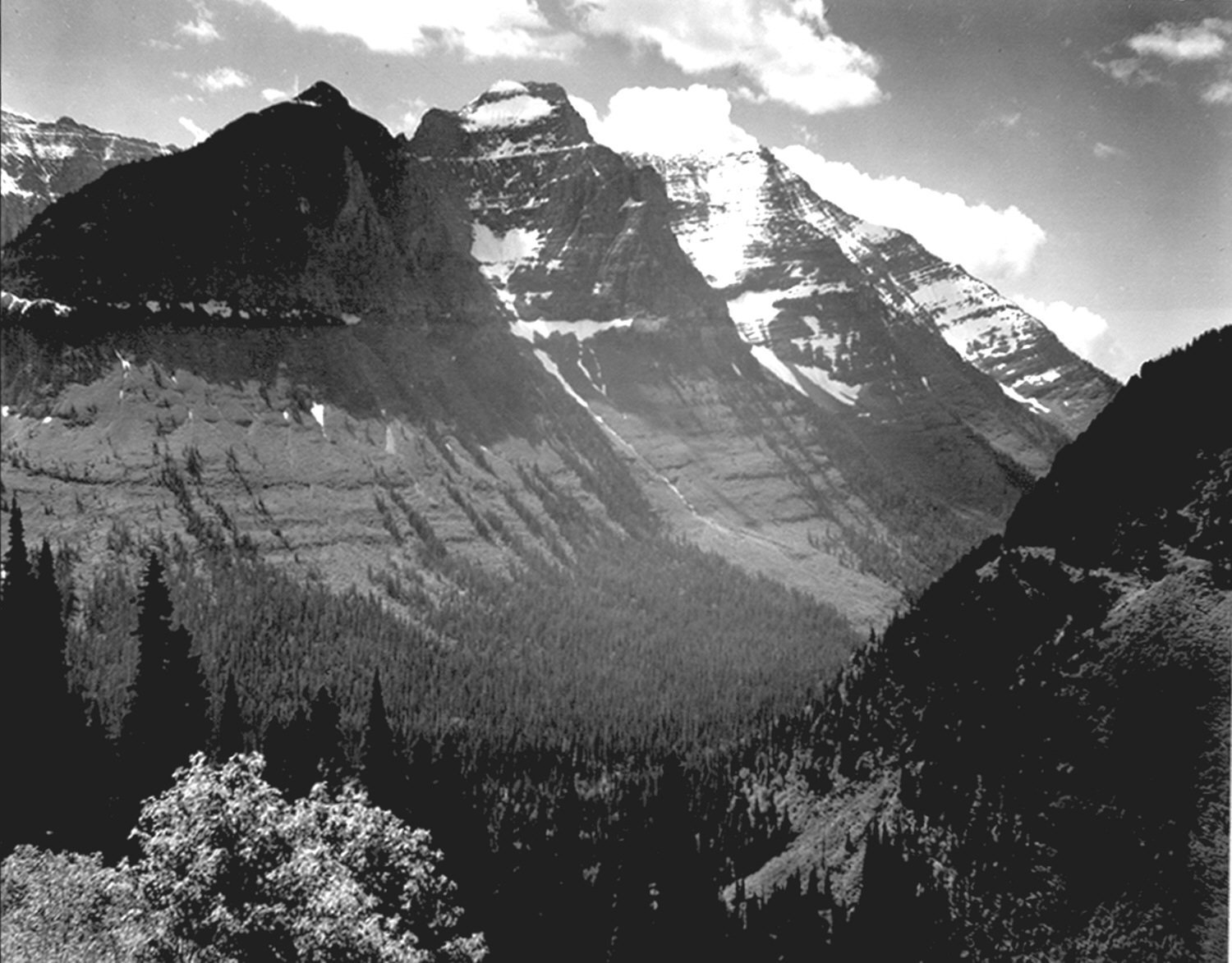Glacier National Park, renowned for its stunning landscapes, offers a kaleidoscope of colors that transform with each passing season. From the lush greens of summer to the golden hues of autumn and the pristine whites of winter, the park’s color palette is as diverse as its ecosystems. This article explores the vibrant colors of Glacier National Park, detailing the specific palettes, seasonal changes, wildlife hues, and photography tips to capture the park’s natural beauty.
What Are the Specific Color Palettes in Glacier National Park?

Glacier National Park boasts a rich tapestry of colors that evolve throughout the year. Let’s explore the distinct color palettes that characterize each season:
Spring Palette
- Soft greens of emerging vegetation
- Pastel hues of wildflowers (avalanche lilies, mountain daisies, pasqueflowers)
- Muted browns and grays of melting snow and exposed rock
Summer Palette
- Deep greens of dense coniferous forests
- Bright greens of alpine meadows
- Turquoise blues of glacial lakes
- Vibrant colors of wildflowers in full bloom
Autumn Palette
- Golden yellows of larch trees
- Fiery reds and oranges of deciduous trees
- Rich browns of grasses and underbrush
- Contrasting greens of evergreen trees
Winter Palette
- Pristine whites of snow-covered landscapes
- Icy blues of frozen lakes and glaciers
- Muted grays of bare trees and exposed rock
- Occasional splashes of evergreen
How Do Seasonal Color Changes Affect the Park’s Landscape?

The seasonal color changes in Glacier National Park create a dynamic and ever-changing visual experience. Here’s a breakdown of how each season transforms the park’s landscape:
Spring Transformation
- Timing: Late May to early June
- Changes:
- Snow begins to melt, revealing patches of brown earth
- First signs of green appear as vegetation awakens
- Early wildflowers add splashes of color to lower elevations
Summer Vibrancy
- Timing: June to August
- Changes:
- Lush green foliage dominates the landscape
- Alpine meadows burst with colorful wildflowers
- Glacial lakes display their characteristic turquoise hue
Autumn Spectacle
- Timing: Mid-September to mid-October
- Changes:
- West side: Trees begin changing color in mid-September
- East side: Foliage colors appear late September to early October
- Larch trees turn brilliant gold in mid-October, especially noticeable on the west side and along Highway 2
Winter Wonderland
- Timing: November to April
- Changes:
- Landscape transforms into a sea of white
- Frozen lakes and waterfalls create icy blue sculptures
- Evergreen trees provide contrast against the snow
Where Are the Best Locations to Observe Seasonal Colors?
To fully appreciate the glacier national park colors, consider visiting these key locations during different seasons:
- Going-to-the-Sun Road
- Spring: Lower elevations for early wildflowers
- Summer: Entire road for panoramic views of green forests and meadows
- Fall: Logan Pass for golden larch trees and autumn foliage
-
Winter: Lower sections (when open) for snow-covered vistas
-
Lake McDonald
- Summer: Reflections of green forests in crystal-clear waters
- Fall: Stunning reflections of autumn colors on calm days
-
Winter: Frozen lake surface with snow-capped mountains as backdrop
-
Many Glacier
- Summer: Vibrant wildflower meadows and green valleys
- Fall: Golden aspens and larches contrasting with evergreens
-
Winter: Snow-covered peaks and frozen waterfalls
-
Two Medicine
- Spring: Early wildflower blooms in lower elevations
- Summer: Lush green forests and meadows surrounding the lake
-
Fall: Brilliant autumn colors reflected in the lake
-
Highline Trail
- Summer: Colorful alpine wildflowers and sweeping green vistas
- Fall: Golden larch trees and autumn hues along the mountainsides
What Are the Predominant Wildlife Colors and When Can They Be Observed?
Glacier National Park is home to diverse wildlife, each with its own distinctive coloration. Here’s a guide to the predominant wildlife colors and the best times to observe them:
| Wildlife | Colors | Best Observation Times |
|---|---|---|
| Grizzly Bears | Brown, ranging from light blonde to dark brown | Fall (berry season), early morning or late evening |
| Black Bears | Black, brown, or cinnamon | Spring and fall, dawn or dusk |
| Mountain Goats | White with black horns | Summer, on high rocky slopes |
| Bighorn Sheep | Gray-brown with white rump | Year-round, especially in rocky areas |
| Elk | Reddish-brown in summer, grayish-brown in winter | Fall (rutting season), early morning or evening |
| Golden Eagles | Dark brown with golden nape | Fall migration, along the Continental Divide |
| Ptarmigan | Brown in summer, white in winter | Year-round in alpine areas |
How Can Photographers Capture the Best Colors of Glacier National Park?
To capture the stunning glacier national park colors, photographers should consider the following tips:
- Timing is Everything
- Golden Hour: Shoot during the first and last hour of daylight for warm, soft light
- Blue Hour: Capture the ethereal blue light just before sunrise or after sunset
-
Overcast Days: Take advantage of diffused light to enhance colors and reduce harsh shadows
-
Equipment and Settings
- Use a wide-angle lens for sweeping landscapes
- Employ a polarizing filter to reduce glare and enhance colors, especially for fall foliage and water reflections
-
Shoot in RAW format to capture maximum color data for post-processing
-
Composition Techniques
- Include foreground elements to add depth to your images
- Use leading lines (rivers, trails) to guide the viewer’s eye through the colorful landscape
-
Frame vibrant elements with natural features like tree branches or rock formations
-
Seasonal Considerations
- Spring: Focus on close-ups of wildflowers and emerging vegetation
- Summer: Capture the contrast between green forests and blue glacial lakes
- Fall: Use telephoto lenses to compress layers of colorful foliage
-
Winter: Experiment with long exposures to capture the movement of snow or ice
-
Location-Specific Tips
- Lake McDonald: Arrive early for mirror-like reflections of colorful skies and mountains
- Logan Pass: Use a graduated neutral density filter to balance bright skies with colorful meadows
- Many Glacier: Incorporate wildlife into your landscape shots for added interest and scale
By following these guidelines, photographers can effectively capture the diverse and vibrant glacier national park colors throughout the seasons, creating stunning images that showcase the park’s natural beauty.
References:
1. https://www.nps.gov/glac/learn/nature/index.htm
2. https://glacier.org/fall-in-glacier-national-park/
3. https://www.exploreworldwide.com/blog/trending-usa-national-parks-palettes